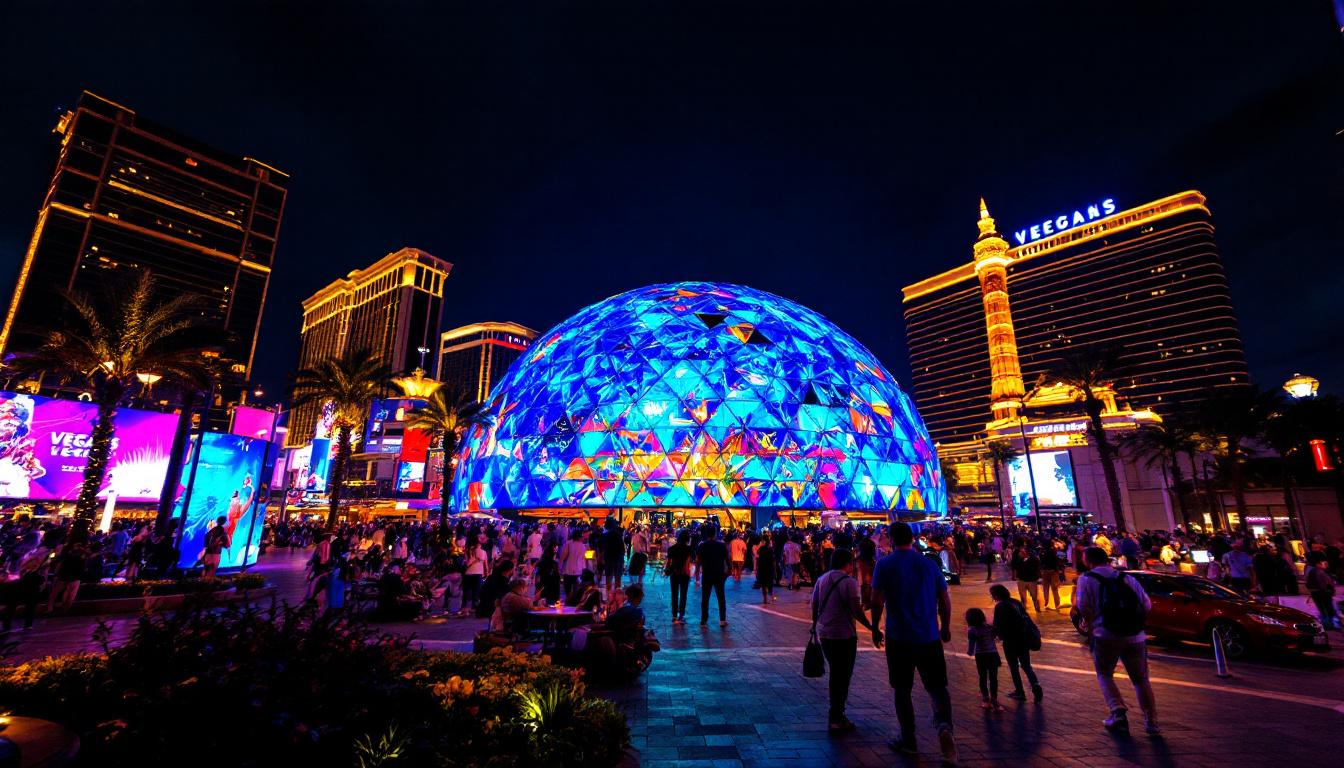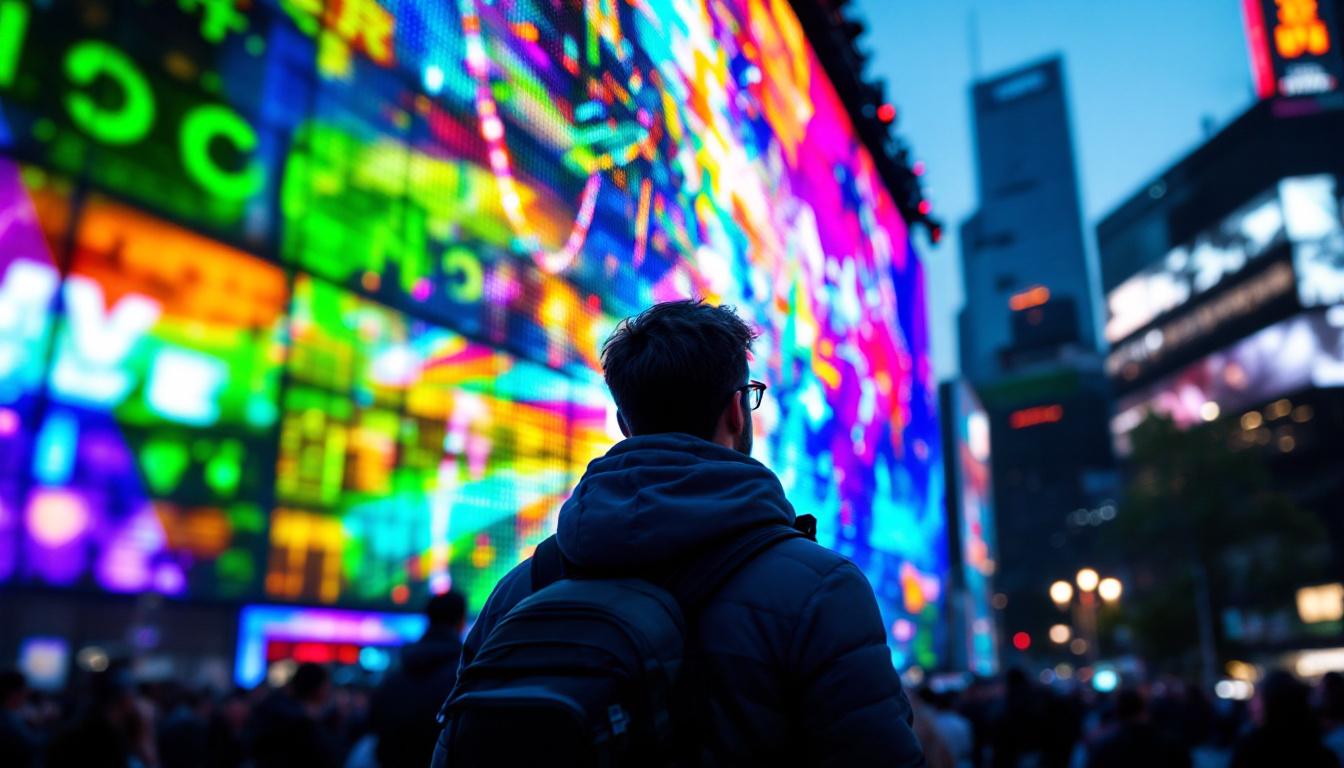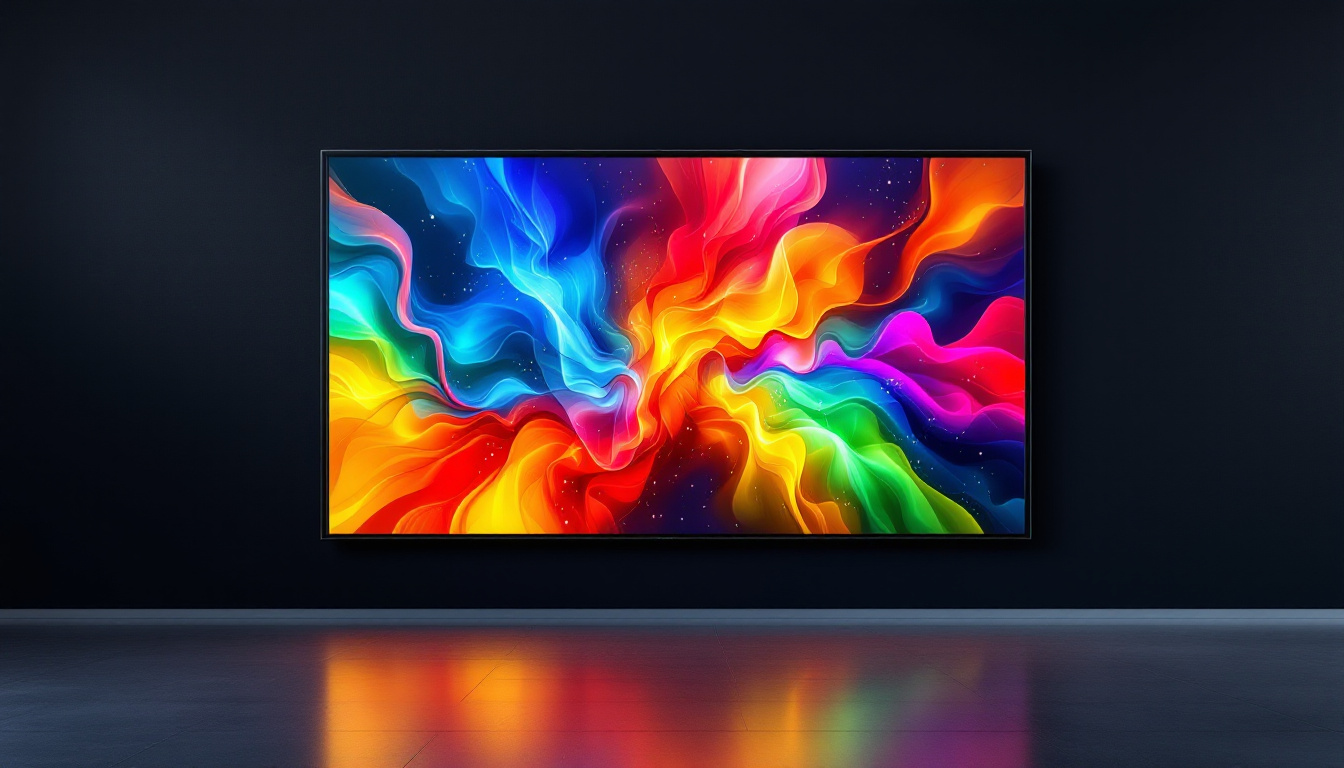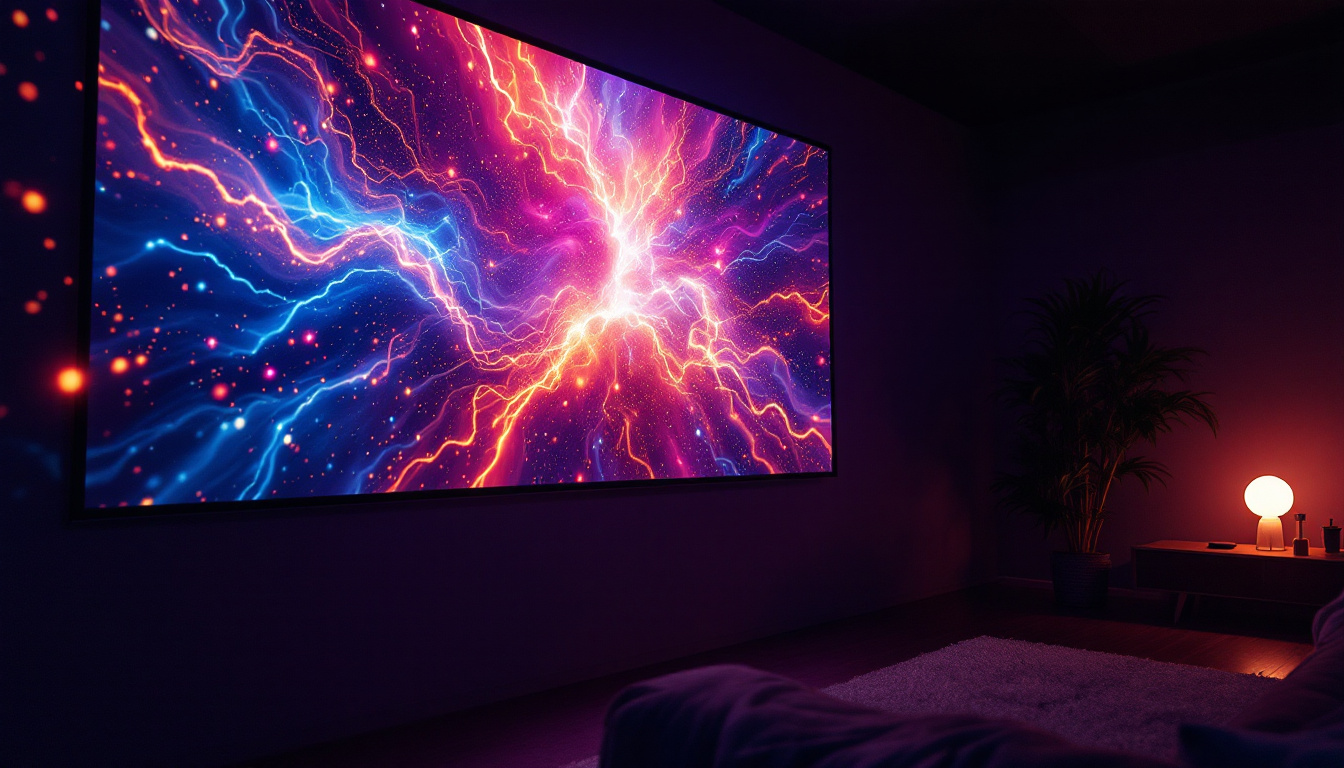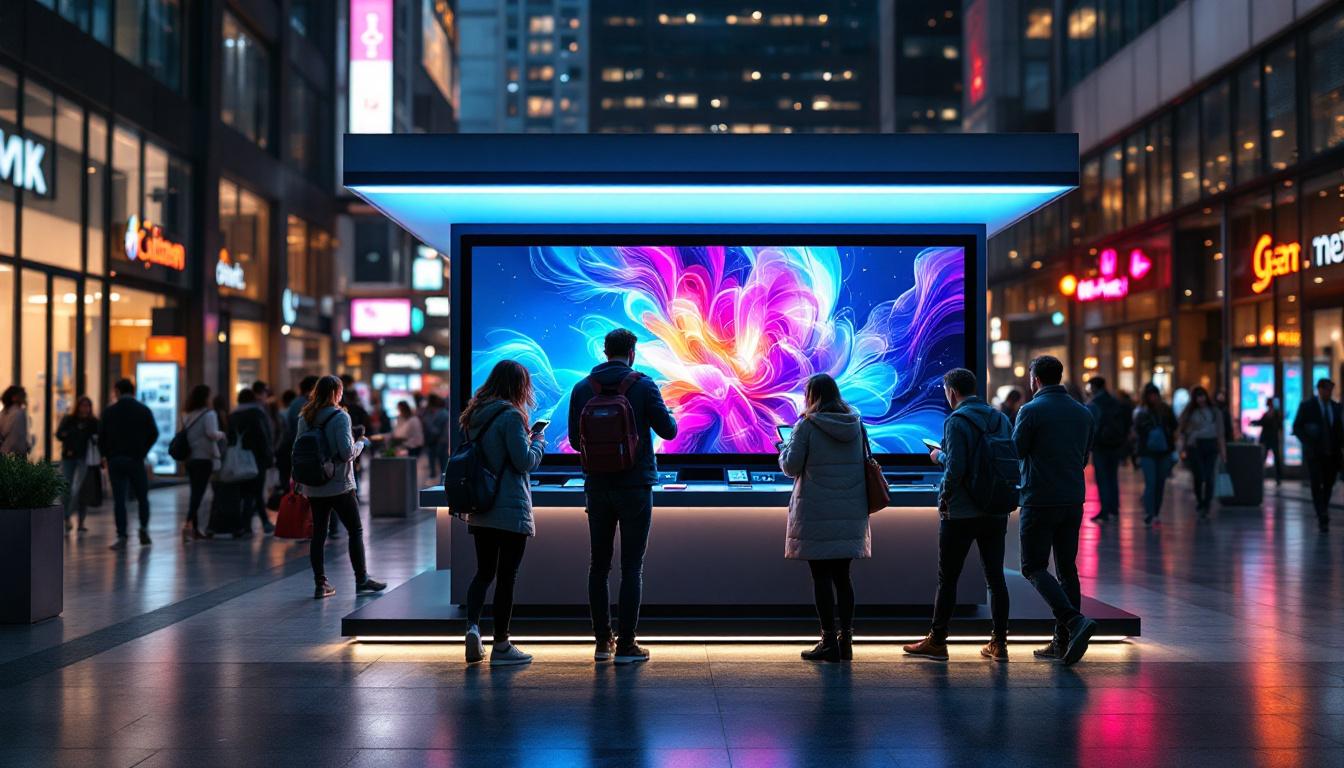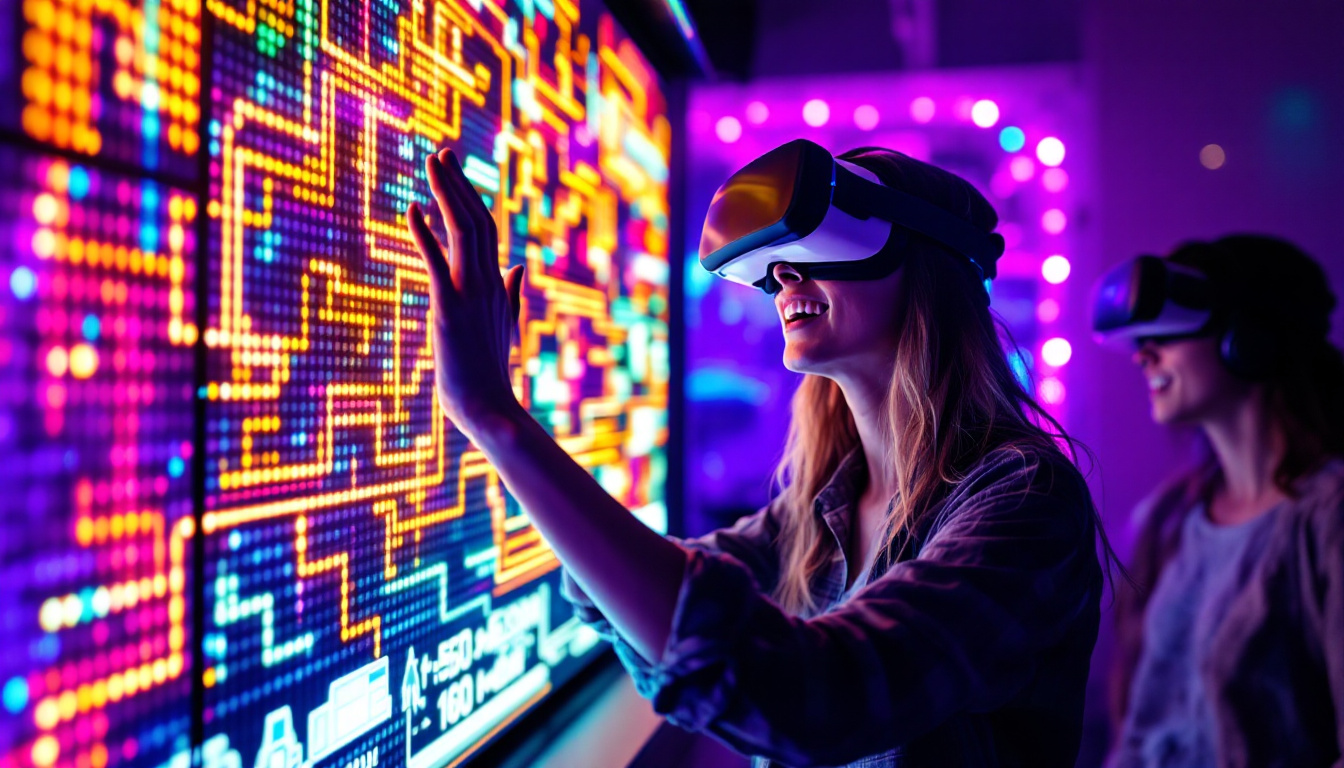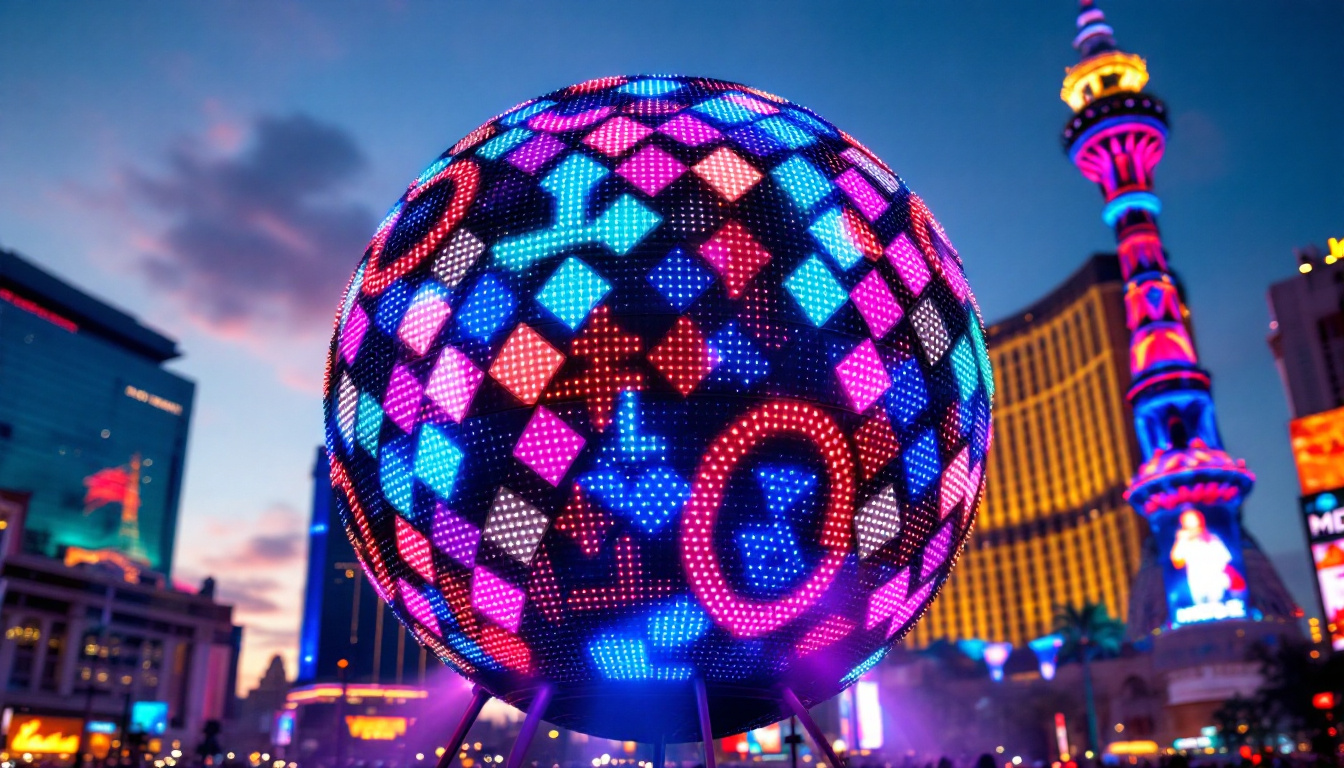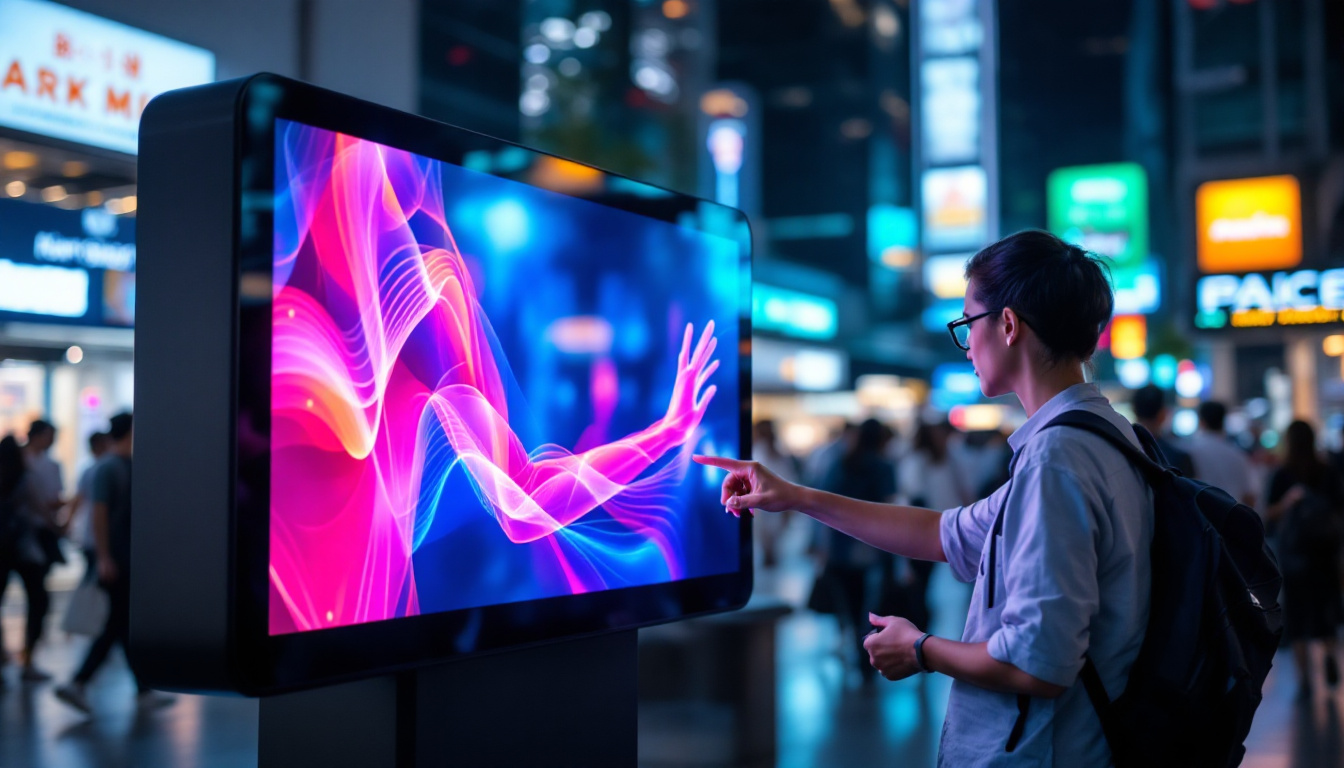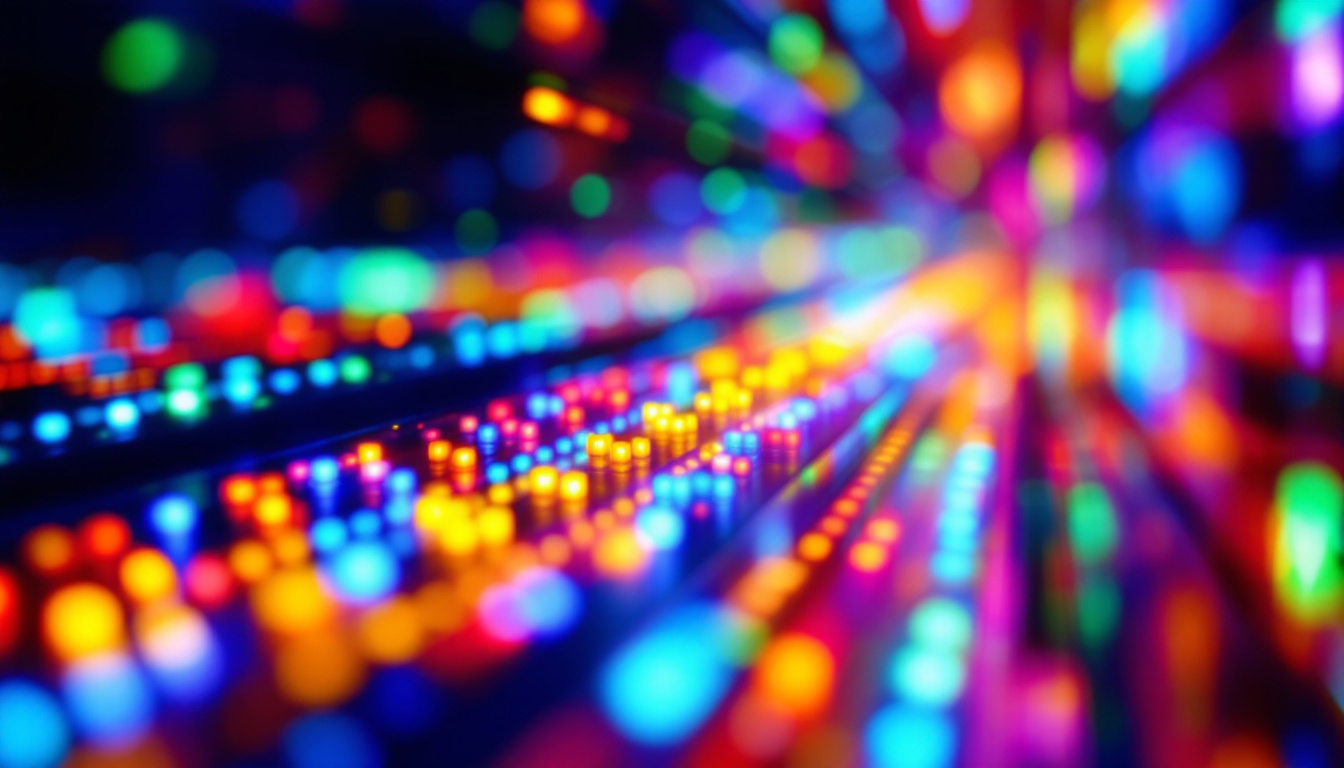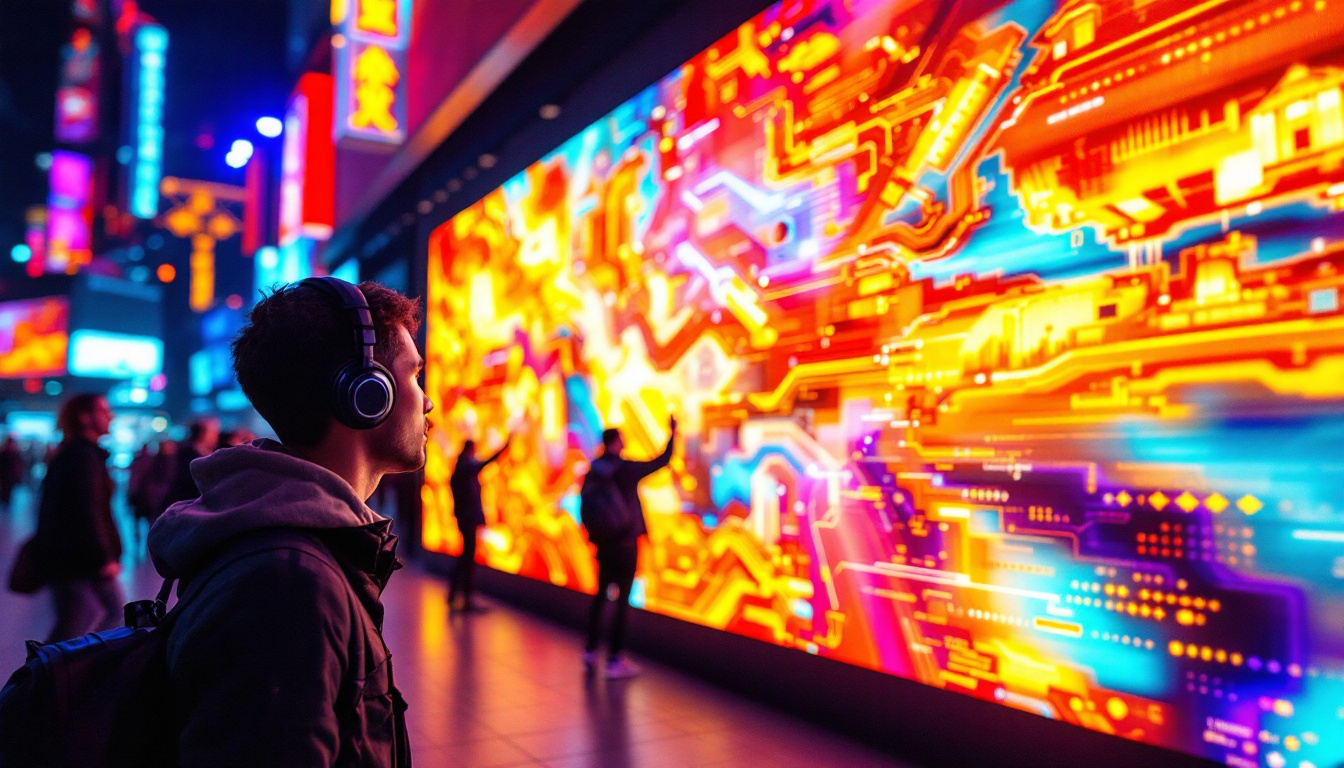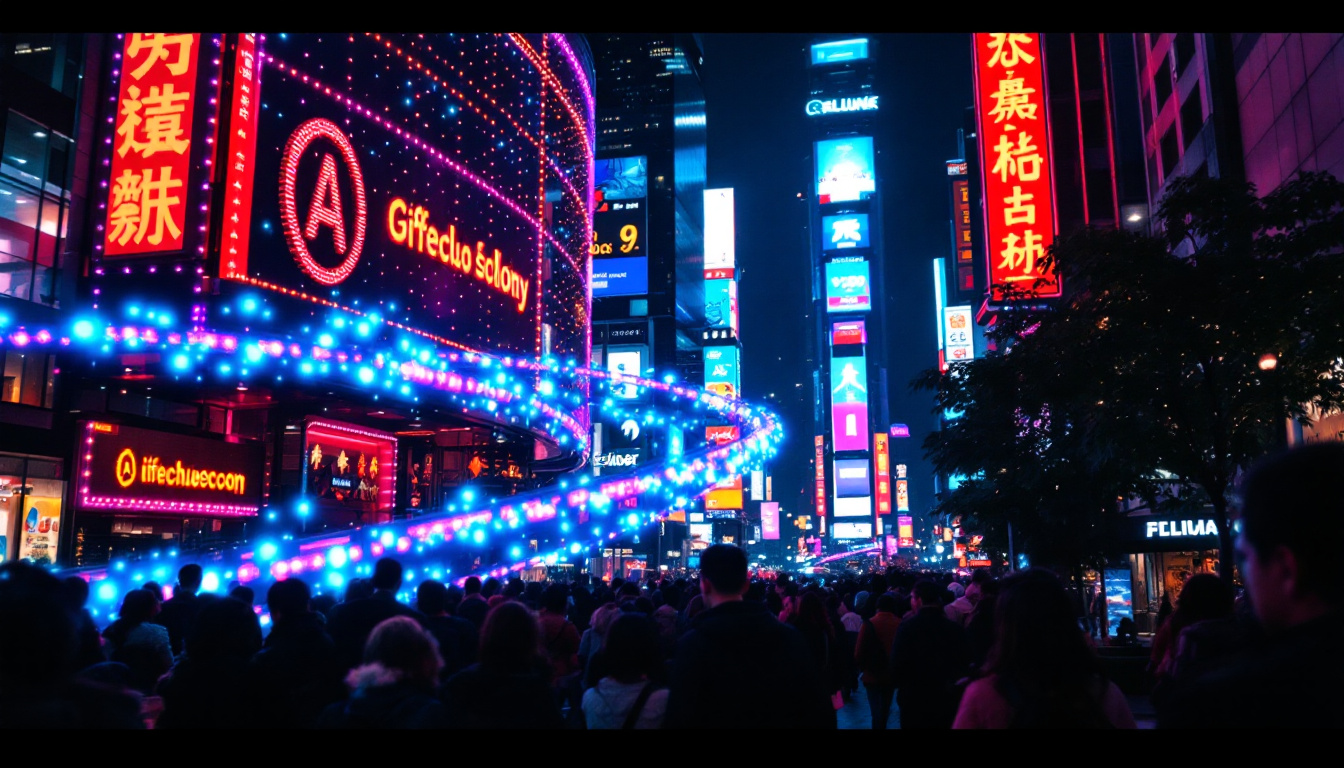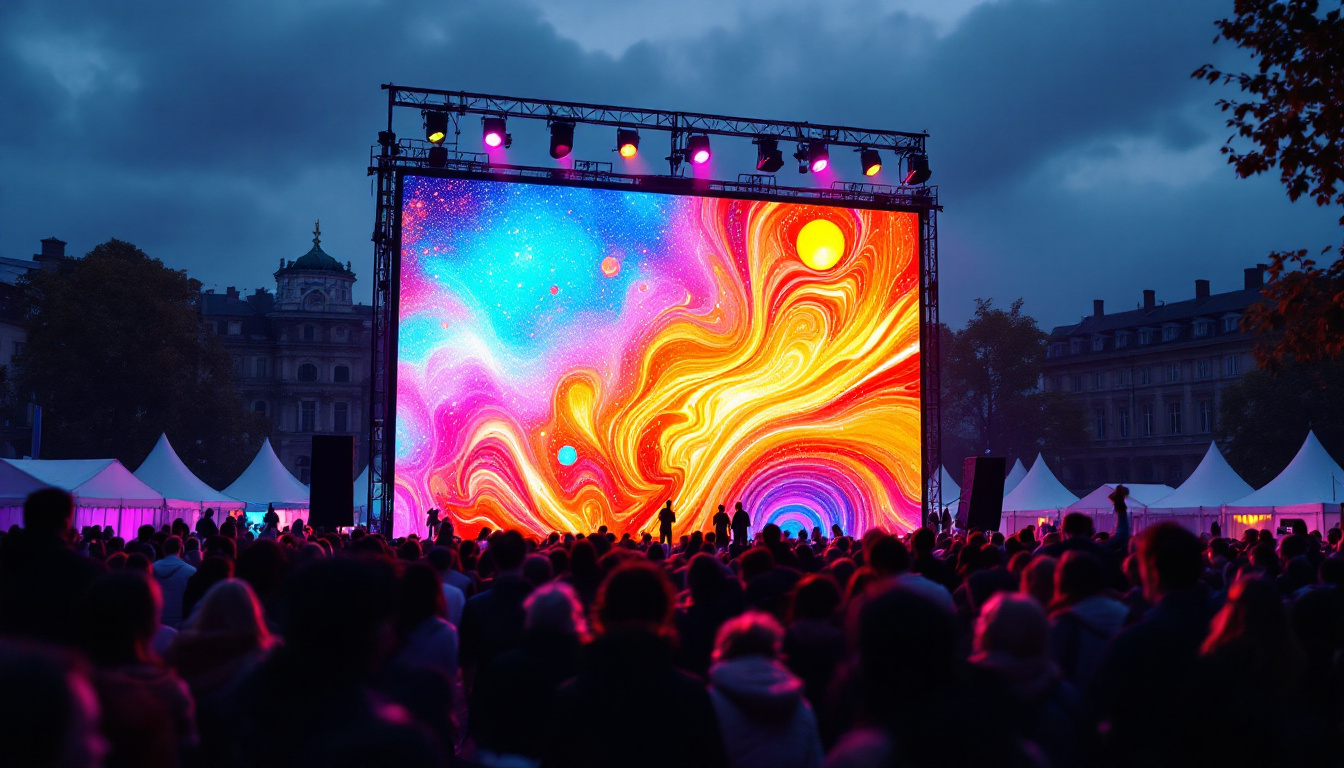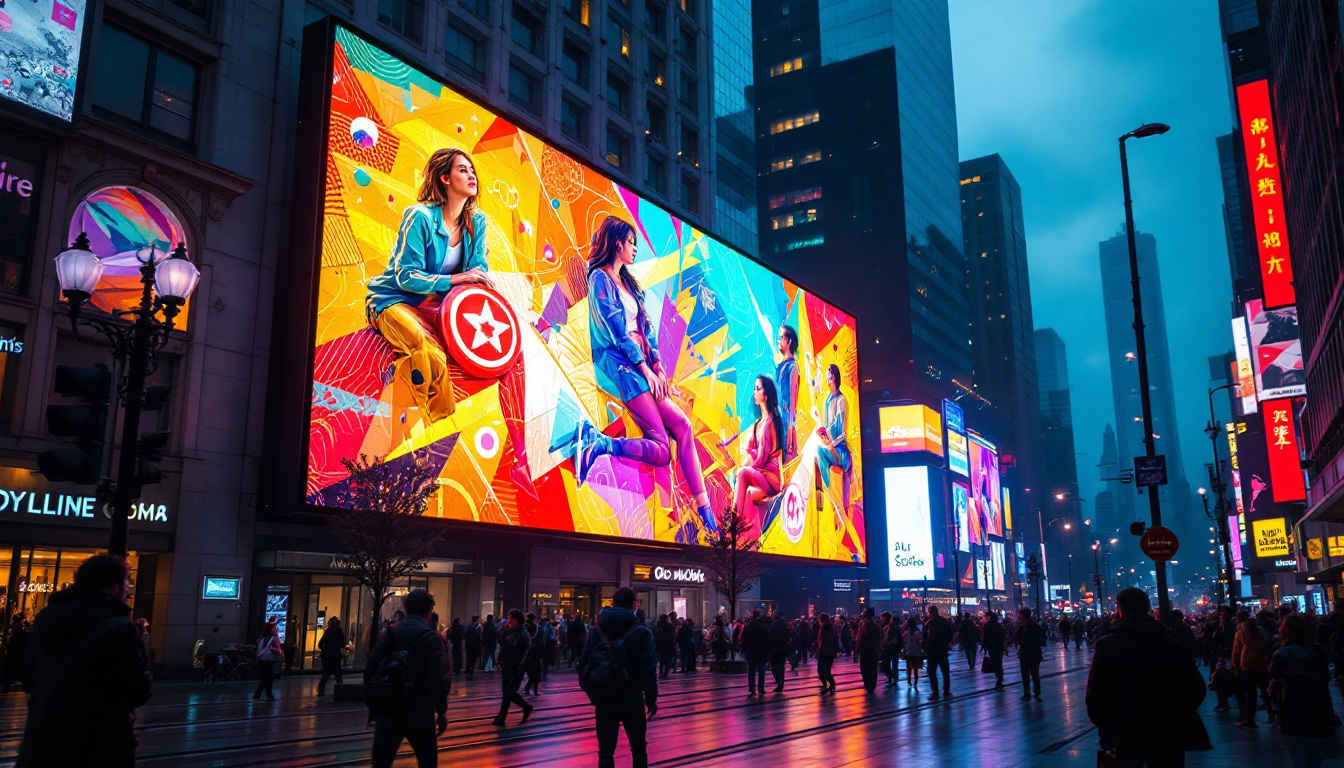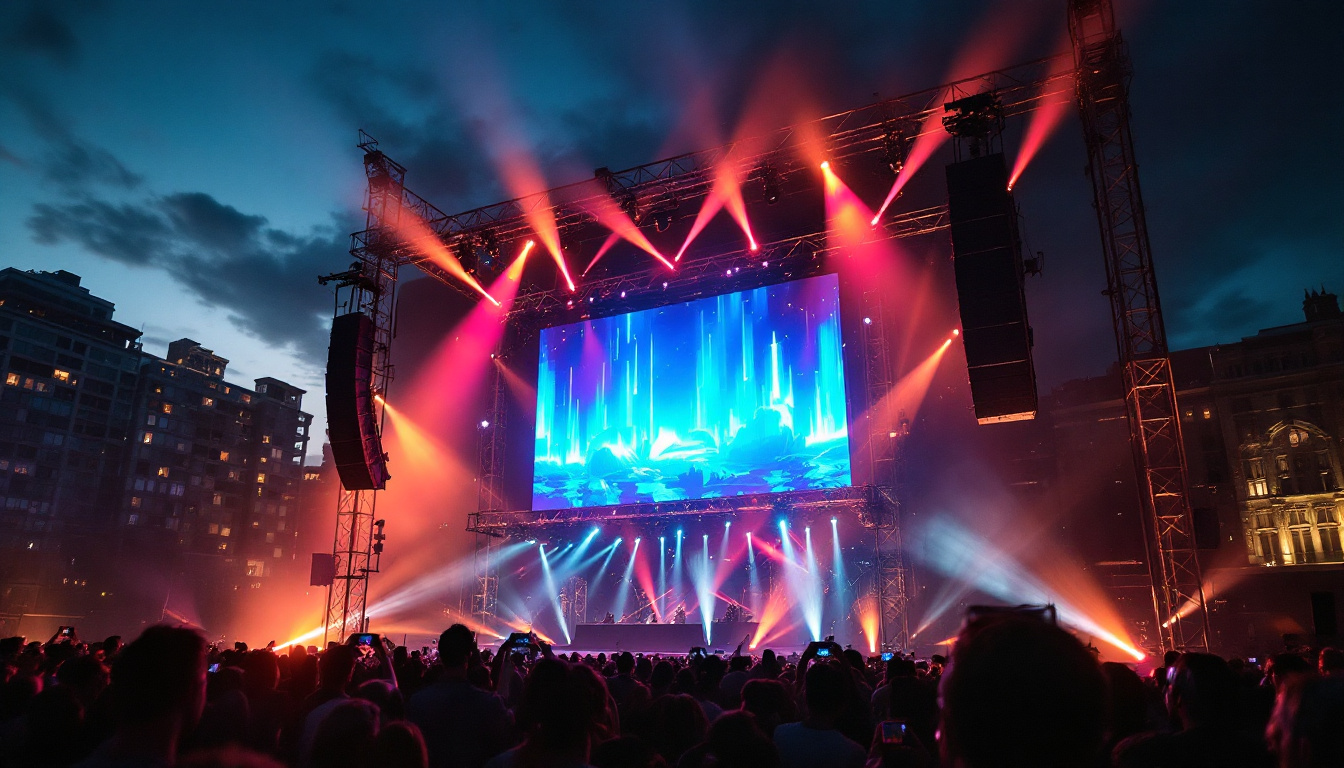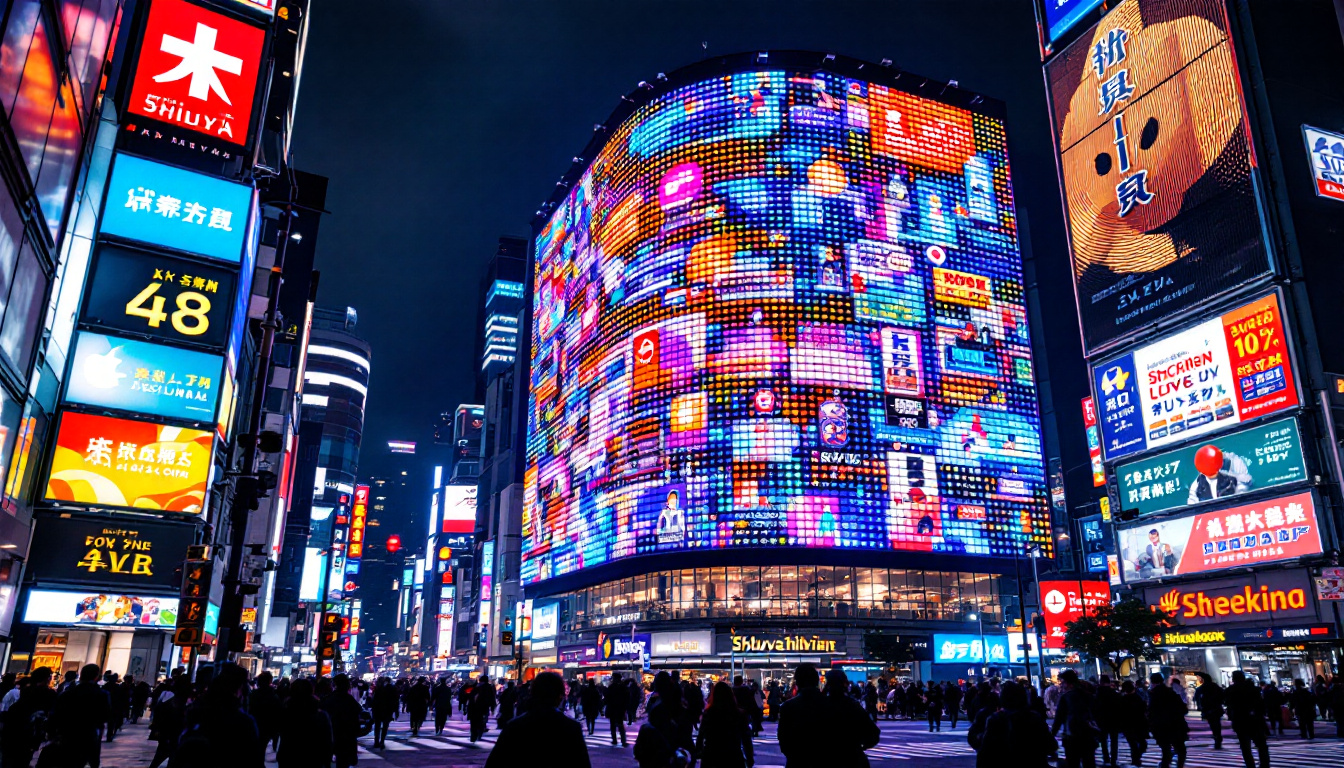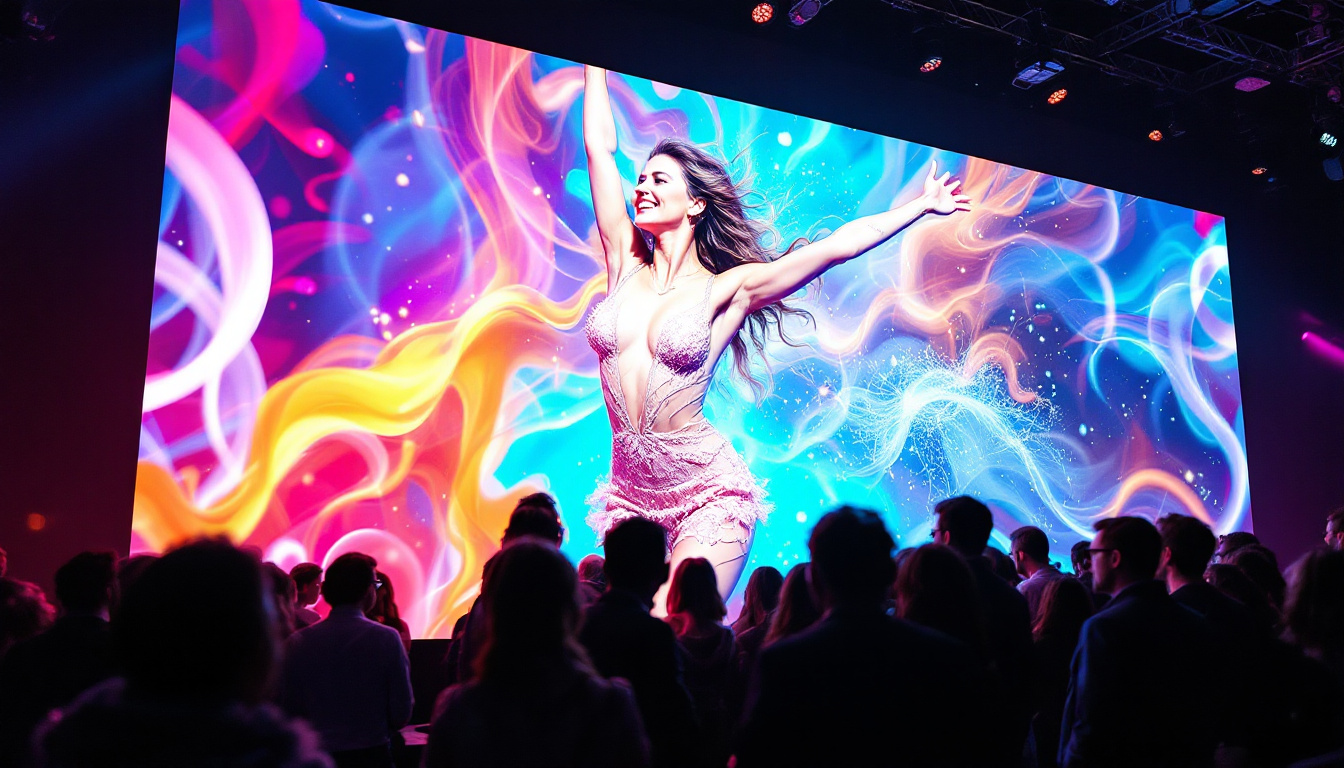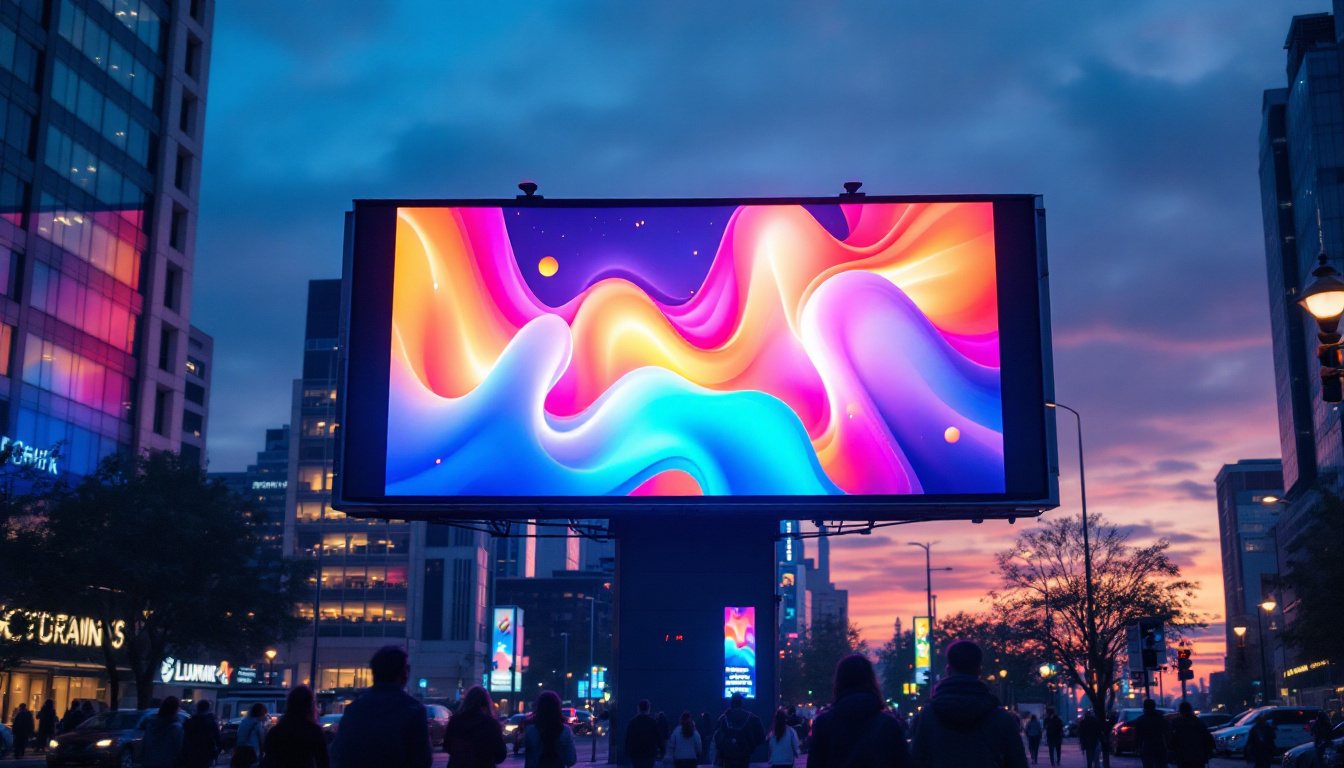The Vegas Led Dome has become a focal point of modern visual technology, captivating audiences with its stunning displays and innovative design. As a significant feature of the Las Vegas skyline, this LED display serves not only as an advertising medium but also as an artistic platform that enhances the overall experience of visitors. Understanding the intricacies of LED technology and its application in structures like the Vegas Led Dome can provide valuable insights into the future of visual communication.
The Evolution of LED Technology
Light Emitting Diodes (LEDs) have transformed the way visual information is presented. Initially used in simple displays, the technology has evolved significantly over the years. Today, LEDs are capable of producing vibrant colors and high-resolution images, making them ideal for large-scale installations. The versatility of LEDs has not only improved aesthetic appeal but has also enhanced energy efficiency, allowing for longer-lasting illumination with lower power consumption. This has made them a preferred choice in both commercial and residential settings, as well as in various industries, from entertainment to transportation.
The journey of LED technology began in the early 1960s, with the first visible LED being developed in 1962. Since then, advancements in materials and engineering have led to the creation of more efficient and versatile LEDs. These improvements have paved the way for their use in various applications, including signage, television screens, and architectural displays. The ongoing research into new semiconductor materials and nanotechnology continues to push the boundaries of LED capabilities, promising even brighter and more efficient lighting solutions in the future.
Key Milestones in LED Development
Several milestones mark the evolution of LED technology. The introduction of blue LEDs in the 1990s was a game-changer, allowing for the creation of white light through a combination of red, green, and blue (RGB) LEDs. This breakthrough opened new avenues for LED applications, particularly in displays where color accuracy is paramount. The development of white LEDs not only revolutionized general lighting but also enabled the widespread adoption of LED technology in various sectors, including automotive lighting and medical devices.
Additionally, the advent of surface-mount technology (SMT) revolutionized the manufacturing process, enabling smaller and more efficient LED modules. This innovation has made it feasible to create large-scale displays like the Vegas Led Dome, which can accommodate intricate designs and high-resolution imagery. Furthermore, the integration of smart technology into LED systems has led to the rise of programmable displays, allowing for dynamic content that can be easily updated and customized, enhancing user engagement and interactivity.
Understanding LED Display Types
LED displays can be categorized into various types based on their design and application. The most common types include direct view, video walls, and transparent displays. Each type serves a unique purpose and is suitable for different environments. Direct view displays, for instance, are often utilized in outdoor advertising and large-scale installations where visibility from a distance is crucial, such as stadiums and concert venues.
Video walls, on the other hand, are made up of multiple smaller screens that work together to create a cohesive image. These setups are commonly found in control rooms, conference centers, and entertainment venues, where they can display real-time data or immersive visuals. Transparent displays are gaining popularity in retail environments, allowing for engaging visuals without obstructing views. This innovative design not only enhances product visibility but also creates a modern shopping experience that attracts customers. As technology continues to advance, we can expect to see even more innovative display types emerge, further expanding the possibilities of LED applications in everyday life.
The Vegas Led Dome: A Technological Marvel
Located in the heart of Las Vegas, the Vegas Led Dome stands as a testament to the advancements in LED technology. This massive structure not only serves as an advertising platform but also as an entertainment venue, showcasing immersive visual experiences that draw in crowds from around the world.
The dome’s design incorporates cutting-edge LED technology to create a seamless display that can adapt to various content types, from advertisements to artistic performances. Its ability to deliver high-quality visuals in real-time makes it a versatile tool for marketers and artists alike.
Design and Structure
The design of the Vegas Led Dome is both functional and aesthetically pleasing. Its dome shape allows for a 360-degree viewing experience, ensuring that visitors can enjoy the displays from multiple angles. The use of high-resolution LED panels enables the dome to showcase vibrant colors and intricate details, enhancing the overall visual impact.
Moreover, the structure is engineered to withstand the elements, making it suitable for outdoor use. The materials used in its construction are carefully selected to ensure durability while maintaining the quality of the display. This combination of design and engineering excellence is what sets the Vegas Led Dome apart from traditional LED displays. The innovative use of lightweight materials also contributes to its energy efficiency, allowing for lower operational costs while still delivering stunning visual performances.
Content and Programming
The content displayed on the Vegas Led Dome is as diverse as the audience it attracts. From dynamic advertisements to artistic installations, the programming is designed to engage viewers and create memorable experiences. The use of advanced software allows for real-time updates and customization, enabling marketers and artists to tailor their messages to specific audiences.
Additionally, the dome often hosts special events, including concerts and festivals, where the display serves as a backdrop for performances. This versatility not only enhances the entertainment value but also solidifies the dome’s position as a cultural landmark in Las Vegas. The programming often includes collaborations with local artists and international talent, fostering a vibrant creative community that showcases the best of visual art and performance. Furthermore, the dome has been known to feature interactive elements, allowing audience members to participate in the experience, making each visit unique and engaging.
The Impact of LED Displays on Advertising
LED displays have revolutionized the advertising industry, offering a dynamic and engaging way to reach consumers. The Vegas Led Dome exemplifies how LED technology can be leveraged to create impactful advertising campaigns that resonate with audiences.
One of the primary advantages of LED displays is their ability to capture attention. The vibrant colors and high-resolution imagery can draw in passersby, making them an effective tool for advertisers. Additionally, the flexibility of digital content allows for quick updates and changes, enabling marketers to adapt their messages in real-time based on audience engagement.
Measuring Effectiveness
To gauge the effectiveness of LED advertising, various metrics can be employed. These include impressions, engagement rates, and conversion rates. By analyzing these metrics, advertisers can gain insights into consumer behavior and optimize their campaigns accordingly.
Furthermore, the use of data analytics tools allows for more precise targeting of audiences. Advertisers can tailor their content based on demographics, location, and even time of day, ensuring that their messages reach the right people at the right time.
Challenges and Considerations
Despite the numerous benefits of LED displays, there are challenges that advertisers must navigate. One significant concern is the saturation of advertising in urban environments. With countless displays vying for attention, standing out becomes increasingly difficult.
Additionally, there are regulations governing the use of LED displays, particularly in terms of brightness and content. Advertisers must ensure compliance with local laws to avoid penalties and maintain a positive relationship with the community.
The Future of LED Displays
The future of LED displays looks promising, with ongoing advancements in technology and design. As the demand for high-quality visual experiences continues to grow, manufacturers are exploring new materials and techniques to enhance LED performance.
Emerging trends such as flexible LED screens and interactive displays are set to reshape the landscape of visual communication. These innovations will provide even more opportunities for creative expression and audience engagement, further solidifying the role of LED technology in modern advertising and entertainment.
Integration with Smart Technology
As smart technology becomes more prevalent, the integration of LED displays with IoT (Internet of Things) devices is on the rise. This connectivity allows for more sophisticated content management systems that can adapt to real-time data, such as weather conditions or audience demographics.
Such integration not only enhances the effectiveness of advertising but also creates a more personalized experience for viewers. For instance, displays can change content based on the time of day or special events, ensuring that the messaging remains relevant and engaging.
Sustainability and Environmental Considerations
In an era of increasing environmental awareness, the sustainability of LED technology is becoming a critical focus. Manufacturers are exploring eco-friendly materials and energy-efficient designs to minimize the environmental impact of LED displays.
Additionally, the longevity of LED technology contributes to its sustainability. With a lifespan significantly longer than traditional lighting solutions, LEDs reduce waste and energy consumption over time. As the industry moves forward, the emphasis on sustainability will likely shape the development of future LED displays.
Conclusion
The Vegas Led Dome stands as a remarkable example of how LED technology can transform visual communication. Its innovative design, combined with the versatility of LED displays, has redefined the advertising landscape and enhanced the entertainment experience in Las Vegas.
As LED technology continues to evolve, the possibilities for creative expression and audience engagement are boundless. From dynamic advertising to immersive artistic displays, the future of LED technology promises to captivate and inspire, making it an integral part of modern life.
Explore Cutting-Edge LED Displays with LumenMatrix
As you marvel at the technological wonders of the Vegas Led Dome, imagine the potential of LED displays in transforming your own space. LumenMatrix stands at the forefront of this innovation, offering a wide array of LED display solutions that cater to every need. Whether you’re looking for an Indoor LED Wall Display to captivate your customers, an Outdoor LED Wall Display to amplify your brand’s presence, or any of our specialized displays like Vehicle, Sports, or Floor LED Displays, LumenMatrix is your partner in creating immersive visual experiences. Embrace the future of visual communication with our Custom, All-in-One, or LED Transparent Displays. Check out LumenMatrix LED Display Solutions today and see how we can help you share your message with the world.

